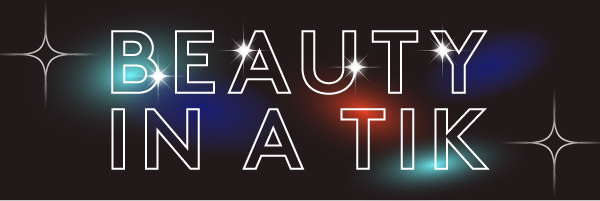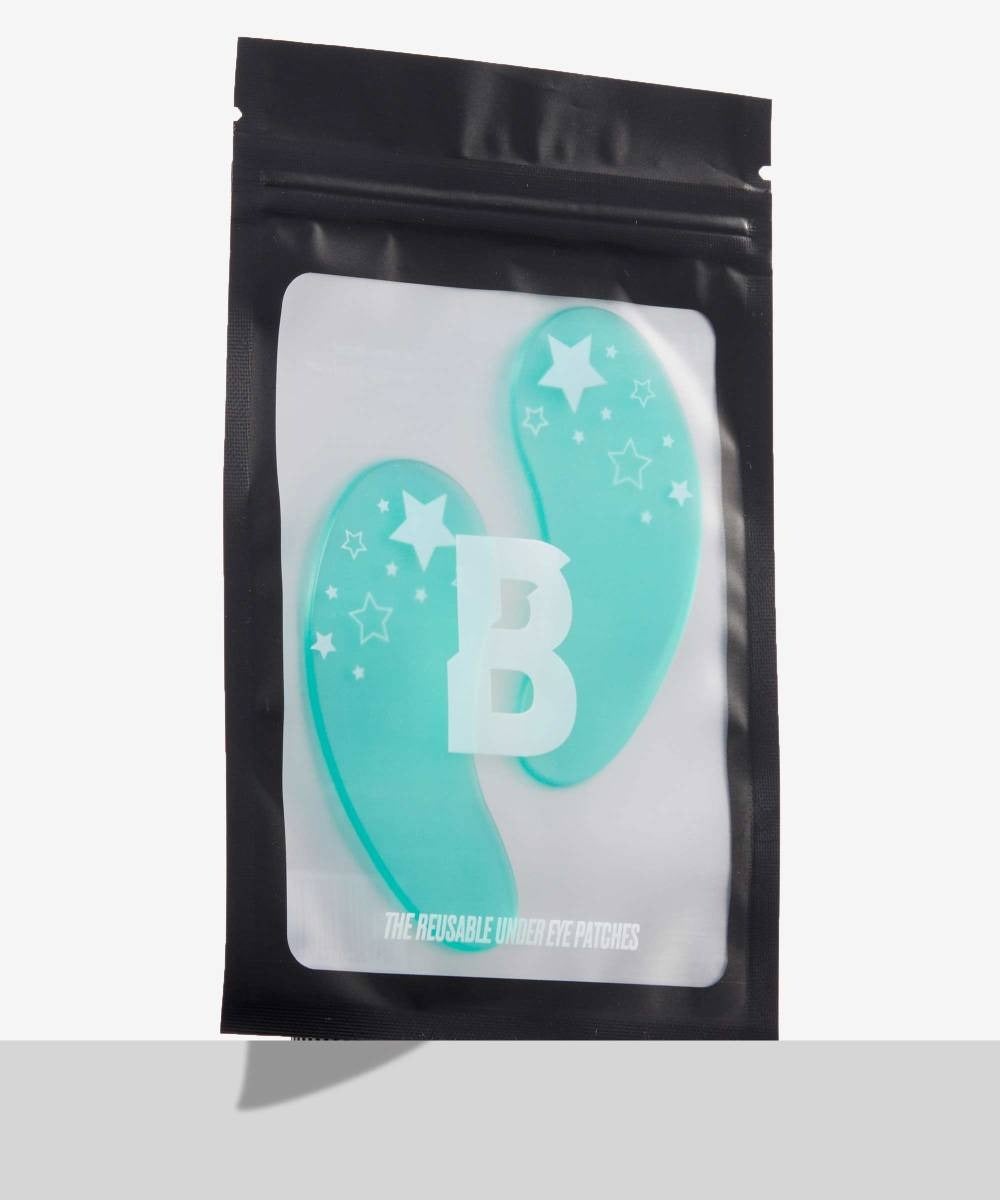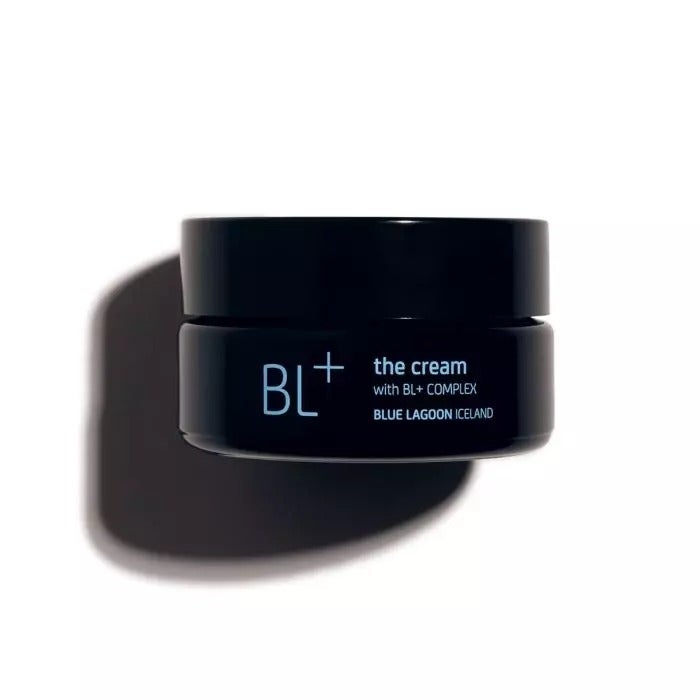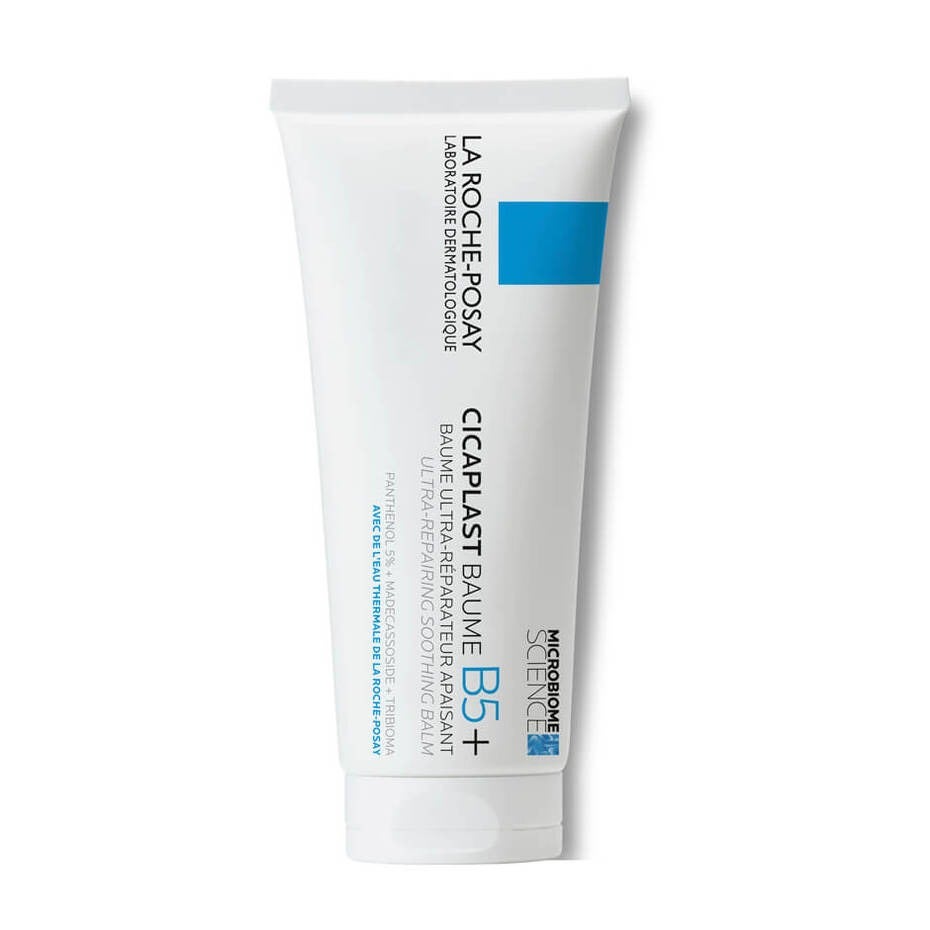‘Skin Sealing’ Is The TikTok Hack My Dry Under-Eyes Needed
Welcome to Beauty In A Tik, where each week we put TikTok's viral beauty hacks and innovative trends to the test.
With the weather entering minus temperatures once again, your skin is bound to feel the effects. It might be your lips that are zapped of moisture first (in which case you might like to try a little trick called 'lip slugging') or perhaps it's your hands that become uncomfortably parched. If TikTok is anything to go by, dry under-eyes are also a very common skincare gripe, especially when the mercury drops.
"My under-eyes are drier than the f*cking Sahara Desert, bro," said makeup artist and beauty content creator Mikayla Nogueira in a viral TikTok video recently. Mikayla proceeded to show her followers how she combats her dry under-eyes using a combination of products – but it's who stitched the TikTok video that really caught my attention.
AdvertisementADVERTISEMENT
@mikaylanogueira Replying to @anita.tension SAY GOODBYE TO DRY UNDEREYE! #dryeye #dryundereye #undereyebags #makeup #beauty ♬ original sound - Mikayla Nogueira
Dermatologist Dr Shereene Idriss (also known as #pillowtalkderm on TikTok) proved that you don't have to shell out on serums, masks and eye balms to counteract flaky under-eyes. If your moisturiser is formulated for use around the eye area (also referred to as 'ophthalmologist tested') and you enjoy using it, Dr Idriss suggests slathering it on like a mask. It's the next step that makes all the difference, though. Dr Idriss recommends cutting a piece of cling film and placing it over the eye area, then letting the cream work its magic for 15 minutes.
"Because HA [hyaluronic acid] isn't that hydrating for you, anyway," said Dr Idriss, referring to a serum Mikayla used in her video, "why not get more bang out of your buck from your face cream?" Let it sit for a little while, said Dr Idriss, "and your eyes will be like a baby's bottom".
@shereeneidriss Dry under eye hack #pillowtalkderm #shereeneidriss #dryundereyes #dryundereye #dryskin #dryskincare #skincarehacks #skinhacks @shereeneidriss ♬ original sound - #pillowtalkderm
A quick whip round the R29 office proves that I'm not the only one to wake up with flaky under-eyes. The skin around your eyes is a lot thinner than elsewhere on your face or body so it makes sense that it's one of the first areas to experience irritation and dry skin. I take my moisturiser up to my eye area anyway but I've come to the conclusion that I'm simply not using enough. I had to try this hack and though it doesn't have a name, I'm going to call it 'skin sealing'.
AdvertisementADVERTISEMENT
Before I go any further, though, I must point out the obvious: cling film is not the most eco-friendly option. For this reason, I've just picked up By Beauty Bay Reusable Under-Eye Patches, £7.50, which can be washed and reused time and time again, and combined with any skincare product you see fit. Going forward, I'll use these patches instead of cling film to ease my burden on the environment.
I often use one of two moisturisers, depending on how dry my skin is. Refinery29's beauty director, Sara Tan, recently recommended Blue Lagoon BL+ The Cream, £70, which is the most intensely moisturising cream I've come across (it even won an R29 Beauty Innovator Award). A more affordable option would be the trusty La Roche-Posay Cicaplast Baume B5+ Repairing Balm, £15, which a handful of dermatologists have told me is something of a dry skin saviour, particularly if your skin barrier is damaged (red, itchy, flaky skin is a sign). This cream has also been ophthalmologist tested, so you know it's great for use around the eyes.
On clean skin, I daubed on my Cicaplast cream and immediately layered on the covering, letting the product sink in for 15 minutes. My top tip? Don't waste the moisturiser! Once you've removed the covering, swipe the excess onto the back of your hands and then very gently massage in the remaining cream underneath your eyes.
AdvertisementADVERTISEMENT
Almost immediately, the flaky skin around my eyes had improved. While this hack didn't do anything to minimise my fine lines (which I'm convinced are due to a lack of hydration), it did totally remove the tight, itchy feeling that's so uncomfortable for me in the winter months. But for me, consistency really is key.
@jacquelinekilikita IB: @#pillowtalkderm 💫 and not to be confused with under-eye slugging (using thick, heavy, occlusive ointments or petroleum jelly, which breaks me out). Just use the cream you’re already loving! #beautyinatik #dryskin #dryskinhack #skinsealing ♬ Dreamy Vibes - Ocean Bay Jazz
Dr Kajal Babamiri, a doctor who specialises in dermatology, told me that this hack is reminiscent of a skin remedy often used in skin clinics, called 'treatment under occlusion'. "Treatment under occlusion has been used for many years under dermatology for better product penetration in conditions such as eczema," says Dr Babamiri. The affected skin is wrapped in plastic to boost absorption and minimise moisture loss. Those with psoriasis might also be familiar with the technique.
"This hack is the same concept," adds Dr Babamiri, "as it promotes better hydration and penetration of products into the skin." Dr Babamiri suggests looking for a cream with proven moisturising and hydrating ingredients including hyaluronic acid, ceramides (basically the glue that holds healthy skin together, making it soft and supple) and glycerin, an ingredient with brilliant moisturising properties. Dr Idriss prefers glycerin to hyaluronic acid, it's that good for dry skin.
Dr Vanita Rattan, skin doctor and cosmetic formulator at Skincare by Dr V, agrees. "This TikTok hack is actually very good for soothing dry under-eyes," she told me. She recommends her Cera Pep Moisturiser, £28, with ceramides, peptides (basically skin-strengthening proteins) and glycerin, which she calls a "water magnet". With this TikTok hack, says Dr Rattan, "what you're doing is essentially trapping in water. When you have a hydrated skin, the skin automatically plumps up and looks brighter. This is basically an eye mask with cellophane, but a much more cost-effective version where you don’t have to spend a lot of money to have a hydrated under-eye." Though it's a bit fiddly, Dr Rattan rates it.
AdvertisementADVERTISEMENT
So what might you want to avoid? While creams containing potent ingredients like retinol do exist for the eye area, if you're prone to dry, irritated skin, it's likely to make things worse. Exfoliating acids such as glycolic, salicylic and lactic acid can also cause irritation and should be avoided on delicate skin like the under-eyes.
Another concern I came across was whether this could exacerbate milia: tiny, white, hard bumps that sometimes appear around the eyes. To avoid this, don't reach for a very thick, greasy, occlusive ointment or cream that could clog your skin (this includes petroleum jelly, often used for under-eye 'slugging'). I'd suggest sticking to your current moisturiser if you're happy with it.
Considering I mainly wake up with dry eyes, rather than notice it throughout the day, I'll be practising skin sealing every other night before bed. Dr Babamiri says that in the daytime, it's important to apply a broad spectrum, high factor sunscreen underneath your eyes, just like anywhere else on the body or the face.
"If there is some sensitivity or irritation under the eyes, I would recommend a physical sunscreen, for example containing zinc, rather than a chemical sunscreen, which may cause irritation," explains Dr Babamiri. If you don't have any problems using a chemical sunscreen (thankfully I don't and my favourite is Glossier Invisible Shield, £20), a normal chemical sunscreen is fine to be used around your eyes, says Dr Babamiri.
Refinery29's selection is purely editorial and independently chosen – we only feature items we love! As part of our business model we do work with affiliates; if you directly purchase something from a link on this article, we may earn a small amount of commission.
AdvertisementADVERTISEMENT










